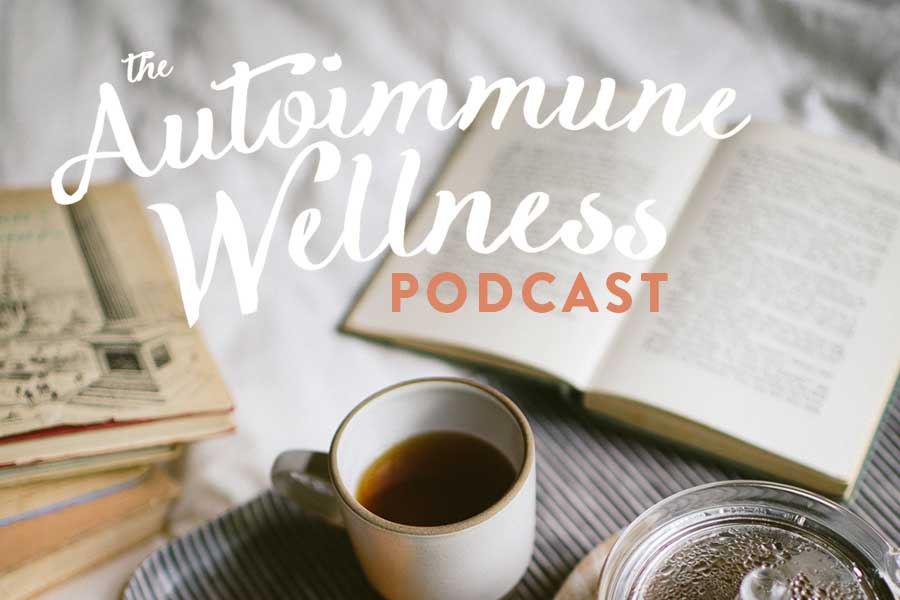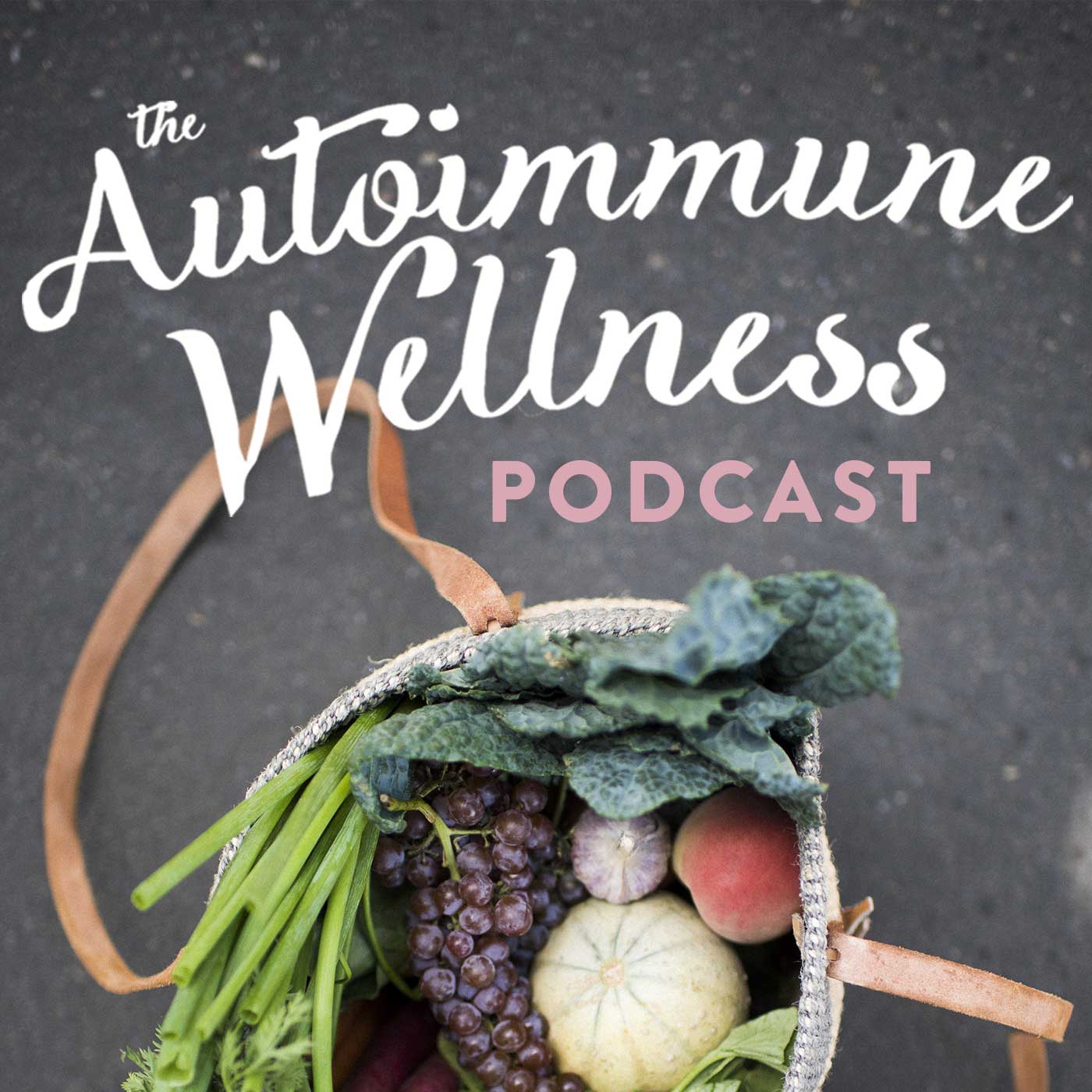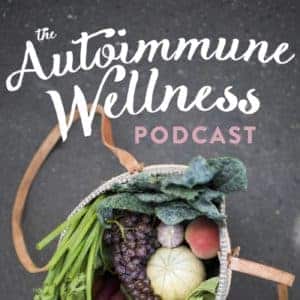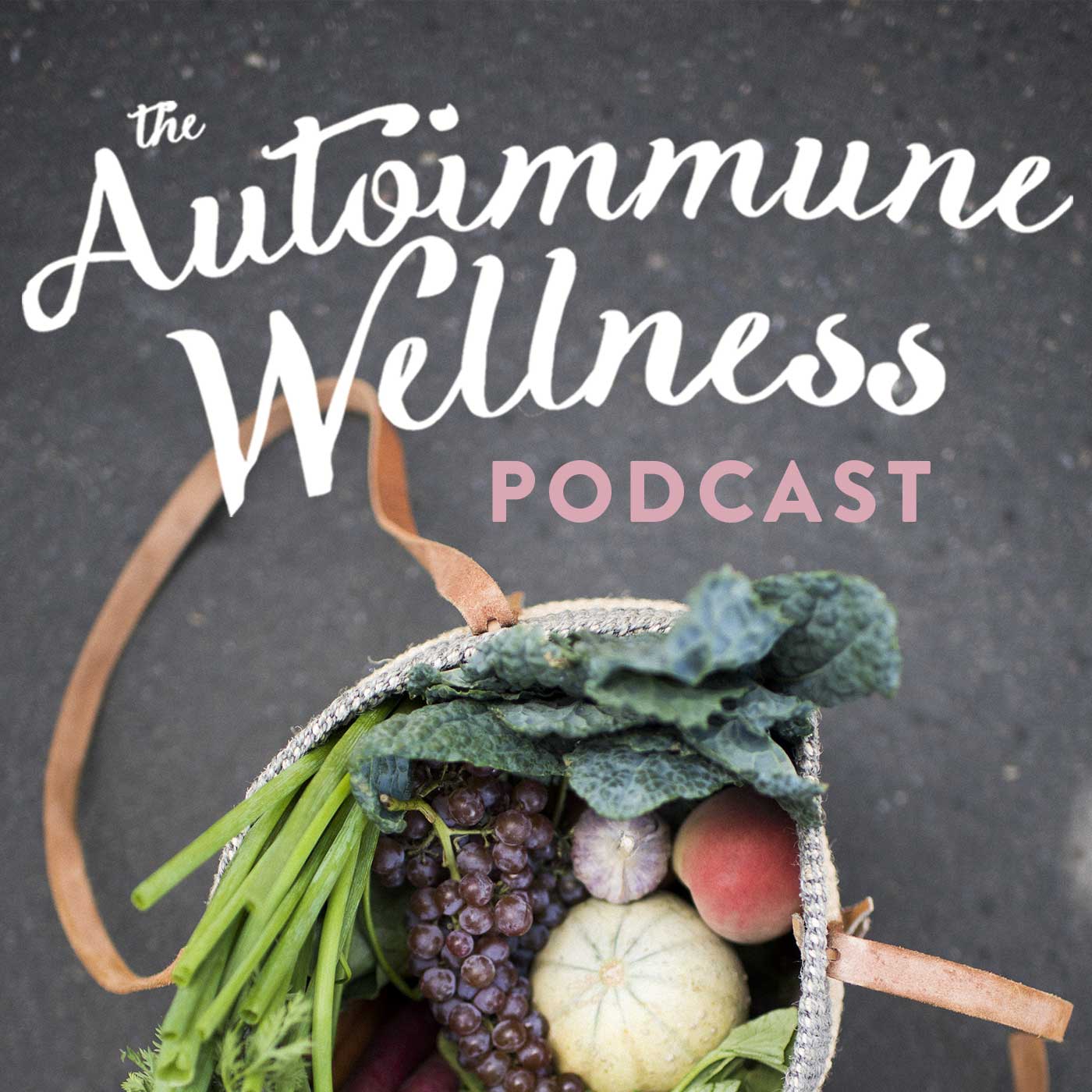S3 E3 – Sourcing Meat w/ Diana Rodgers
Description


Welcome to The Autoimmune Wellness Podcast Season 3: Real Food on a Budget. We’re dedicating this season to discussing an aspect of natural healing that often gets left out of the conversation: affordability. We’ll be chatting with experts and peers from the AIP community about how to best balance money with your health priorities.
This season is brought to you by our title sponsor, The Nutritional Therapy Association (NTA), a holistic nutrition school that trains and certifies nutritional therapy practitioners and consultants with an emphasis on bioindividual nutrition. Learn more about them by visiting NutritionalTherapy.com, or read about our experiences going through their NTP and NTC programs in our comparison article.
Season 3 Episode 3 is all about options for sourcing high-quality meat. We start by discussing the concept of “good, better, and best” when it comes to meat quality, and share how we source our meat.
Then, we interview Diana Rodgers, the creator of the new documentary Kale vs. Cow, about how to best source protein other than beef, and what we can all do to become more sustainable. Scroll down for the full episode transcript!
How to listen:
If you’d like to have our podcasts sent directly to your device, subscribe in iTunes or Stitcher!
If you’d like to download the .mp3, you can do so by following this link.
If you’d like to play the episode right now in your browser, use the player below!
Full Transcript:
Mickey Trescott: Welcome to the Autoimmune Wellness podcast, a resource for those seeking to live well with chronic illness. I’m Mickey Trescott, a nutritional therapy practitioner living well with autoimmune disease in Oregon. I’m the author of The Autoimmune Paleo Cookbook, and I’m using diet and lifestyle to best manage both Hashimoto’s and Celiac disease.
Angie Alt: And I’m Angie Alt. I’m a certified health coach and nutritional therapy consultant, also living well with autoimmune disease in Maryland. I’m the author of The Alternative Autoimmune Cookbook, and I’m using diet and lifestyle to best manage my endometriosis, lichen sclerosis, and Celiac disease.
After recovering our health by combining the best of conventional medicine with effective and natural dietary and lifestyle interventions, Mickey and I started blogging at www.AutoimmuneWellness.com, where our collective mission is seeking wellness and building community.
We also wrote a book called The Autoimmune Wellness Handbook together that serves as a do-it-yourself guidebook to living well with chronic illness.
Mickey Trescott: If you’re looking for more information about the autoimmune protocol, make sure to sign up for our newsletter at autoimmunewellness.com, so we can send you our free quick start guide. It contains printable AIP food lists, a 2-week food plan, a 90-minute batch cooking video, a mindset video, and food reintroduction guides.
This season of the podcast, real food on a budget is brought to you by our title sponsor, The Nutritional Therapy Association.
Angie Alt: A quick disclaimer: The content in this podcast is intended as general information only, and is not to be substituted for medical advice, diagnosis, or treatment. Onto the podcast!
Topics:
1. Quality of meat on a scale [3:29 ]
2. How Mickey and Angie source their meat [8:22 ]
3. Interview with Diana Rodgers [20:45 ]
4. Sourcing protein other than beef [26:23 ]
5. Joining the sustainability movement [29:07 ]
6. Kale Versus Cow documentary [36:57 ]
Mickey Trescott: Hey everybody! Mickey here. Welcome back to the Autoimmune Wellness podcast, season 3. How’s it going today, Angie?
Angie Alt: It’s going well. I’m excited to talk about this topic. I know it’s kind of weird, but I’m sort of into it.
Mickey Trescott: So, today, we’re continuing our discussion related to the topic of the season; real food on a budget. Today’s episode is going to be about options for sourcing high-quality meat. So this is one of the important parts of the autoimmune protocol diet, whether or not you’re on the elimination diet or you’ve done some reintroductions. Making sure that you have some high-quality meat on your plate is definitely important.
So first, let’s have a chat about this concept of good, better, and best. Angie, do you want to kind of give a little overview of what we mean by that?
Angie Alt: Yeah. It’s basically a scale that we like to use when we’re comparing food quality. I think we first developed it when we wrote our book. Is that right, Mickey?
Mickey Trescott: Yeah.
Angie Alt: When we wrote The Autoimmune Wellness Handbook, we kind of developed this scale. Because we really wanted folks to understand that just going for it in terms of making a dietary change for healing is worthwhile. Even if it can’t be perfect. We wanted to kind of dispel this perfectionism myth, and help folks understand that there’s a scale here. And how to best use that scale for whatever your budget and your sourcing abilities are.
Mickey Trescott: Yep. And I think that’s really important that you highlighted two reasons why it might be different. So, budget and accessibility. Sometimes people have barriers in both those areas. Sometimes one and not the other. So just because you can afford something doesn’t mean you can always find it, and vice versa.
1. Quality of meat on a scale [3:29 ]
Angie Alt: Yeah. So let’s start at the far end of the scale. Let’s start with good. When we say good, in terms of meat quality, we’re talking about if you can’t afford or source grass-fed, or pastured meats, or wild-caught seafood. You can focus on buying leaner cuts of conventionally raised meats. You can still try to make sure they’re at least hormone free. They should be. There are regulations around this stuff. But you can work on adding more organ meats and fish to your diet.</








